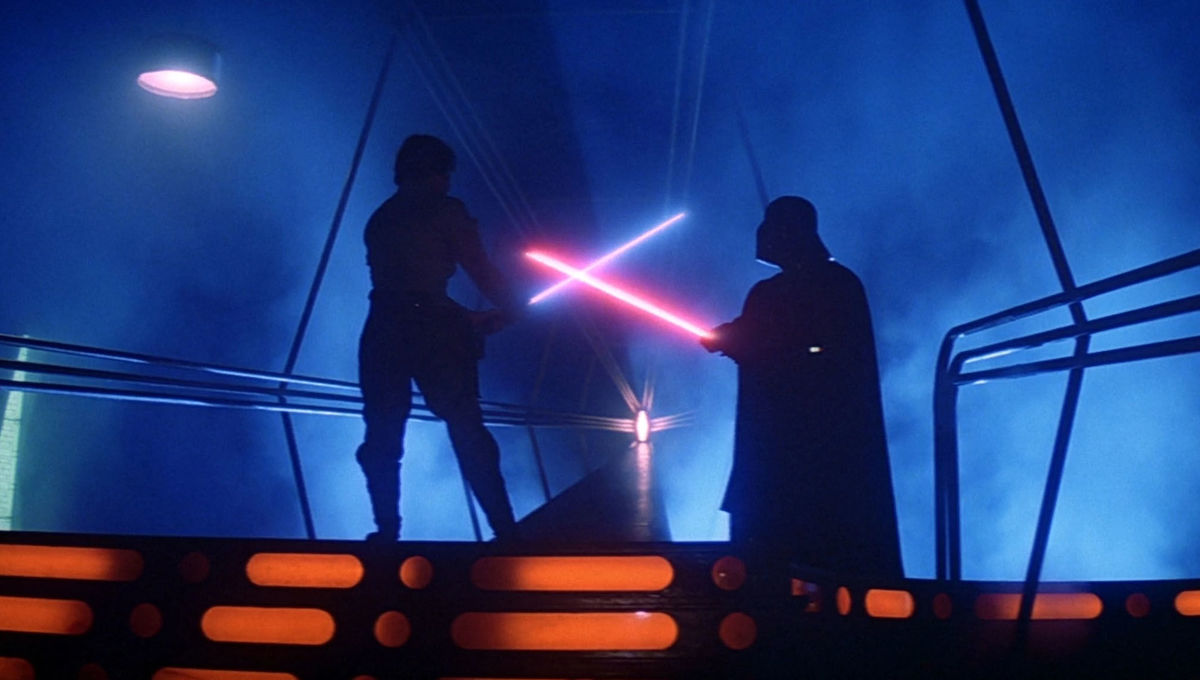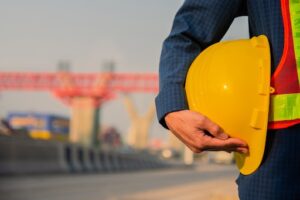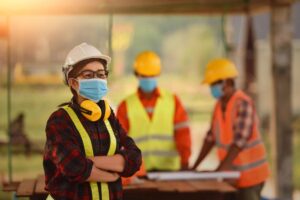
[social_warfare]
How to actually create safer humans
Is it possible for civilization to be so advanced that they don’t have accidents? After all, even Luke Skywalker lost a hand in a lightsaber duel with his daddy; and Captain Kirk would often be injured trying to defend the occasional green girlfriend. So, at least culturally, it’s never really been the expectation that our advances in technology would produce an accident-free world.
The truth is from the “Internet of things” to mobile safety phone apps to organizations that not only drink the safety Kool-Aid they live on it, we are on the way to not only solving dangerous situations but creating safer people. They are not just safe because their awareness is high, and their complacency is low. They have reduced risks because of the combination of technology and the understanding that engaged employees have a higher level of awareness and are more likely to look out for each other. They value the idea of making others feel valuable. Now I am not saying that the good old fashion “Lockout-Tagout” details of safely done tasks are not critical to success, but if people don’t have good relationships with their boss and coworkers, they are statistically distracted, prone not to work very hard and lack focus. According to Evolve Performance Group, 9 out of 10 engaged employees say that safety is a top priority every day while only two in 10 actively disengaged employees can say the same thing. Modern successful safety cultures are based in facts. People who feel valued, value safety and each other. The takeaway from these numbers cannot be overestimated.
The accuracy and validity of a professionally executed employee engagement survey is the first step towards greater safety and productivity; if your survey does not accurately reflect your workers’ real perception, neither will the solution. It’s hard to create a better future without knowing the truth about the past.
Technology, like it or not, must be a part of creating a cultural awareness where safety hazards can be reported in real time; needing and valuing every employees’ attention to create a safer more productive workplace. There is a term for not knowing about danger until it’s too late. It’s called “Having an accident”! You can’t really have a future unless you take action in the present.
Men like Jules Verne and his, 20,000 Leagues Under the Sea, became submarines, and more to the point Sir Arthur C. Clarke, in the late 1940’s, proposed an idea that satellites, with line of sight, and positioned the proper distance from the surface, human beings could have wireless phones and have global conversations. The past has become the present. Right now, with mobile phone apps, you can create a safer, more productive, and valuable workplace. The present can be your future.
The future of safety is a culture where humans (that includes the new guy at the plant who’s been sarcastically nick named “Coordination”) were raised with the belief that safety is the foundation of productivity. And, that’s only classified as science-fiction because it simply hasn’t happened yet. Very much like in the 50s and 60s with handheld communication devices and people landing on the moon.
I recently had an older construction company owner come up to me after my keynote at a safety conference and say he thought innovations like phone apps were dangerous. He said some “millennial worker” (I am paraphrasing in order to make this article a profanity free environment) would get hit by a bulldozer while looking at his phone. I explained that if everyone on the job site had the app… they would all know where the bulldozers are!





